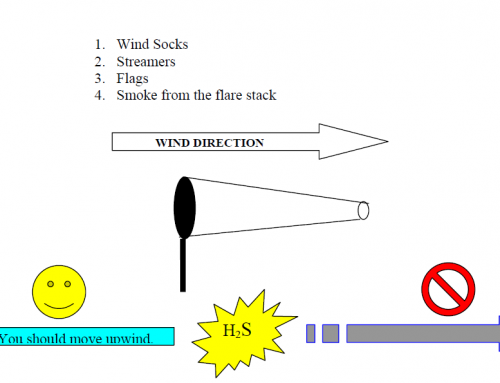Sources of H2S
Where does Hydrogen Sulfide come from?
H2S is an extremely toxic gas that is formed by decomposing organic material. Organic material can be comprised of plant or animal matter. Actually, the same process that provides us with oil sometimes gives us unwanted H2S. H2S is not strictly a problem associated only with the oil & gas industry. It can be found in many other industries, also. You might encounter H2S in:
Sewers Paper Mills
Septic Tanks Chemical Factories
Mines Tanneries
Several industries use hydrogen sulfide as an industrial chemical, such as heavy water producers and pulp mills. However, most hydrogen sulfide is a waste or by-product encountered during other operations.
Hydrogen Sulfide goes by many different names. Because of its distinctive foul odor at low concentrations, these names include:
Rotten Egg Gas H2S
Sour Crude Swamp Gas
Sulfurated Hydrogen Stink Damp
Hydrosulfuric Acid Dihydrogen Sulfide
It must be stressed at this time that you can not depend on this odor in the detection of hydrogen sulfide. H2S is a very sly gas that causes very few physical effects until hazardous concentrations have been reached. When dangerous concentrations of hydrogen sulfide are encountered, one of the first effects of this gas is on the sense of smell. At concentrations as low as 10 ppm, the olfactory nerve becomes paralyzed in a very short time and the gas cannot be detected by the nose.
The physical properties of H2S we will be discussing are:
- Toxicity
- Color
- Odor
- Density
- Boiling Point
- Flammability
- Solubility
- Corrosiveness

